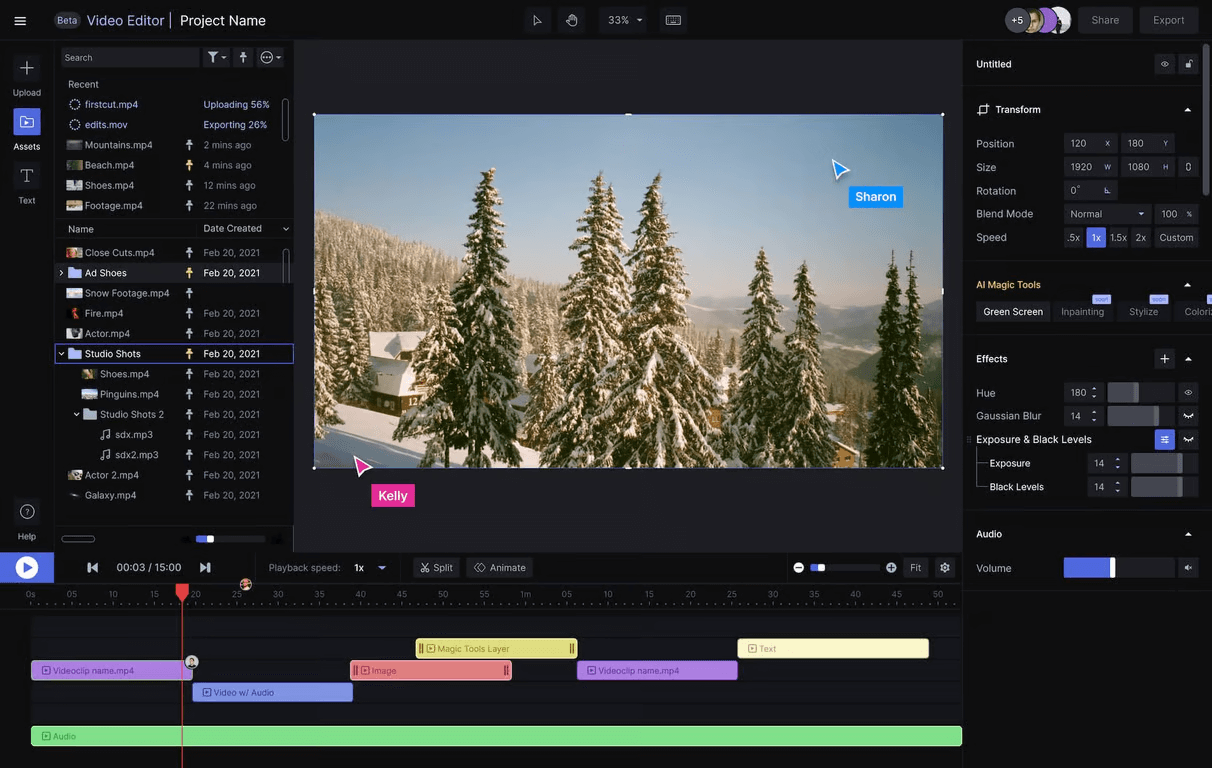Does your home or office experience sporadic wireless connectivity in specific zones? A TP-Link Wi-Fi range extender is an affordable solution to reliably expand your network coverage. With the help of this TP-Link Wi-Fi extender, any dead spot in your basement or remote room can get a stronger connection. If you’re considering improving your network, it’s essential to compare the WiFi connection prices of different extenders to find the best fit for your needs.
This article provides clear, step-by-step instructions on configuring your TP-Link router, enhancing network performance while eliminating connection problems quickly.

Understanding TP-Link Extender
Establishing a TP-Link home wifi extender requires fundamental comprehension of its operational role. The Wi-Fi extender serves as both a repeater and booster unit that strengthens existing wireless network signals through amplification.
Your router’s Wi-Fi signal gets captured by the extender to broadcast it across areas with no Wi-Fi or minimal coverage. A new network emerges when the extender uses its own SSID (Service Set Identifier) to form the extended network. Multimedia storage capacities and the ability to enhance Wi-Fi strength and reliability in dead zone areas trademark the strength of a repeater network.
Steps to Set-up TP-Link Extender
After having a basic understanding of the TP link wifi extender setup:
1. Place the Extender
- Plug in the extender and wait for the power light to stop blinking and remain solidly lit.
- Check the signal strength LEDs on the extender to locate an area with good Wi-Fi coverage from your router. The more lit LEDs, the better.
- Move the extender to different locations and watch the LEDs to find the spot with the strongest signal. Place it about halfway between your router and Wi-Fi dead zone.
2. Connect the Extender to Your Router
Using WPS Button
- Press the WPS button on your router and hold for 2-3 seconds.
- Within 2 minutes, press the WPS button on the extender for 2-3 seconds.
- Wait for the connection process to complete. The LED on the extender will change to show the successful connection.
Using Browser
- Connect the extender to your computer with an Ethernet cable.
- Open any web browser and enter the extender’s IP address (check label or manual).
- Login using the default user credentials provided with extender.
- Follow the on-screen instructions to select your Wi-Fi network and enter its password to connect.
3. Configure Your TP-Link Wi-Fi Extender
Configuring a TP-Link Wi-Fi range extender requires logging into the extender’s web-based setup page and going through the configuration wizard. You’ll need the default IP address, usually 192.168.0.1 or 192.168.1.1. Enter this into any internet browser while connected to the extender to access the settings.
Use the provided admin login and password. In the wizard, select your language preference, then choose your host router’s wireless network name from the list detected by the extender.
Enter the correct password to sync the extender. Finally, assign an extended network name, save changes, and reboot the extender. It’s vital to test the extended signal range in areas with weak coverage to verify improved Wi-Fi speed and connectivity after completing setup.
Tips for Optimising a TP-Link Wi-Fi Extender
Here are some of the best tips to optimise your TP link wifi extender:
1. Strategic Placement
Carefully place your extender halfway between your wireless router and the Wi-Fi dead zone you want to improve. It must be close enough to receive a strong signal from your router yet far enough to effectively broadcast the boosted coverage to the weak area.
2. Firmware Updates
Check both your router and extender for the latest firmware versions from TP-Link and install any updates. Firmware contains important fixes and refinements that can resolve issues and improve connectivity.
3. Non-Overlapping Channels
If possible, configure your extender and router to broadcast on different Wi-Fi channels to reduce interference. For example, channel 1 should be used on the router and channel 6 on the extender. Consult your device manuals on how to change channels.
4. Leverage 5GHz Band
For dual-band router and extender models, connect them using the less crowded 5GHz band instead of the standard 2.4GHz band to enjoy faster data rates. Enable the 5GHz network on both.
5. Antenna Direction
If your extender has external adjustable antennas, angle them to achieve the strongest signal between the router and extender. Improving the link quality results in higher rebroadcast speeds.
How to Choose the Right Location for a TP-Link Extender?
Place the extender about halfway between your wireless router and the area with poor Wi-Fi coverage. This allows the extender to pick up the wireless signal from your router and boost it to the weak coverage area. Don’t place it too close to the router, or too far into the dead zone.
Check the signal strength LED lights on the extender as you move it around. More lit LEDs indicate a better connection between the extender and your router. This is needed for proper signal amplification.
Avoid thick walls, large furnishings, appliances and metal surfaces. These can degrade, reflect or absorb the Wi-Fi signals. Place the extender in a central spot with line of sight to your router.
Put the extender in an elevated area for better dispersion of the boosted signal to cover more rooms and spaces.
After placement, test the extended Wi-Fi coverage in problem spots using your phone or laptop. Walk around to check if connectivity and speed have improved. Adjust the extender’s location if needed.
Use an unused electrical outlet for the extender. This prevents any electrical interference which can disrupt Wi-Fi performance.
Conclusion
A dlink wifi extender offers an easy and affordable solution for eliminating frustrating wireless dead zones in your home or office. By amplifying and rebroadcasting your existing router’s signals, the extender provides expanded Wi-Fi coverage so you can connect without interruptions. By following the step-by-step setup instructions, like using WPS sync or accessing the browser-based configuration, enables seamless integration with your network.
Optimising the extender by updating firmware, adjusting antennas, and configuring ideal channels also helps maximise performance. With robust connectivity now extended to all corners of your site, you can remain productively online anywhere without dealing with lost connections and slow speeds. But to get the best results, invest in a reliable TP-Link Wi-Fi range extender that pays dividends through enhanced network experience.








